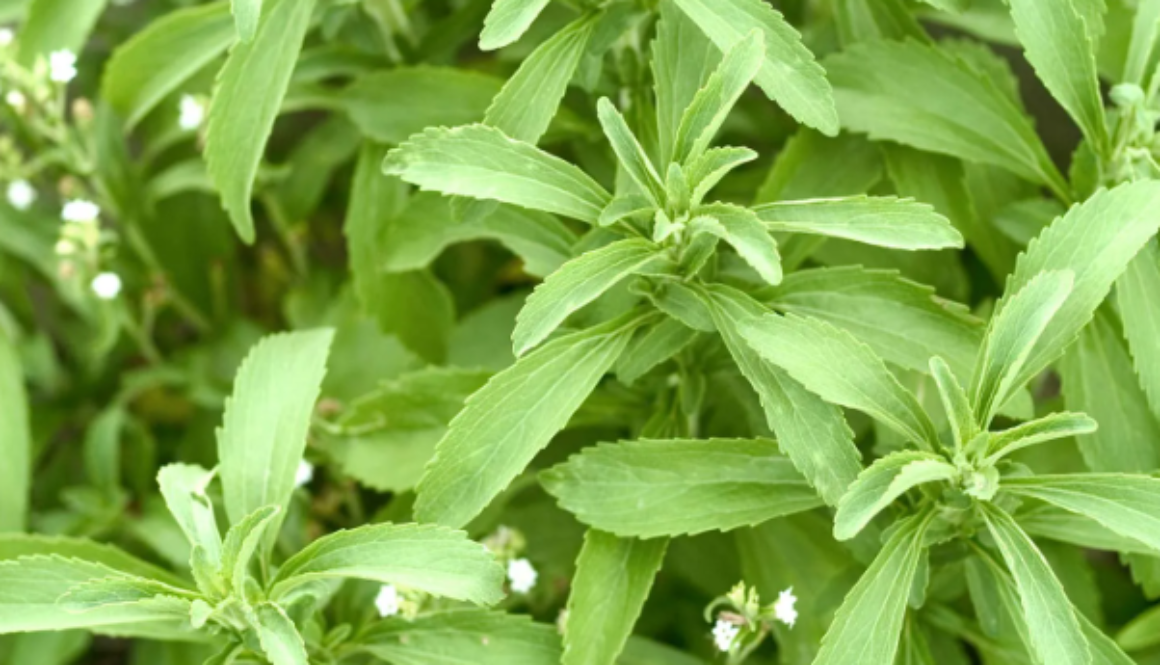Stevia
Stevia (Stevia rebaudiana) is a small, herbaceous plant native to South America, particularly Brazil and Paraguay. It is renowned for its incredibly sweet leaves, which contain natural compounds called steviol glycosides. Stevia is increasingly popular as a natural alternative to artificial sweeteners due to its zero-calorie content and minimal impact on blood sugar levels.
Parts Used:
The leaves of the Stevia plant are the primary part used for their sweetening properties. These leaves contain high concentrations of steviol glycosides, which are up to 300 times sweeter than sucrose (table sugar) but without the associated calories or carbohydrates.
Usage:
Stevia is used as a natural sweetener in various food and beverage products, including teas, soft drinks, desserts, and baked goods. It can be used in its raw leaf form, as a dried powder, or as a liquid extract. Stevia provides sweetness without the calories or negative health effects associated with sugar consumption, making it a popular choice for individuals seeking to reduce their sugar intake or manage conditions like diabetes.
Agrotechniques:
Cultivating Stevia requires a warm, humid climate with well-drained soil and plenty of sunlight. The plant is typically grown from seeds or cuttings, with planting done in spring or early summer. Stevia plants should be spaced about 8-10 inches apart to allow for proper growth and development. Regular watering is essential to maintain soil moisture, but overwatering should be avoided to prevent root rot.

